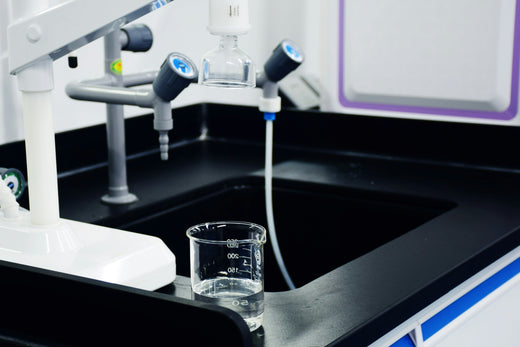
Innovations in Water Sampling: How PTFE Tubing is Revolutionizing the Process
In the quest for cleaner water and more accurate environmental monitoring, advancements in water sampling methods are essential. Among the latest breakthroughs, PTFE (polytetrafluoroethylene) tubing is proving to be a game-changer, setting new standards for efficiency, reliability, and precision in water sampling.
The Role of PTFE Tubing in Modern Water Sampling
Water sampling often involves extracting and transporting samples from challenging environments, including deep groundwater sources or sites contaminated with hazardous chemicals. PTFE tubing stands out due to its unique properties that address these challenges:
- Chemical Resistance: PTFE tubing is highly resistant to a wide range of chemicals, ensuring that samples remain uncontaminated during collection and transport. This is crucial for obtaining accurate data on water quality.
- Non-Adhesive Surface: Its smooth, non-stick surface prevents residue buildup, ensuring that no particles or chemicals alter the sample integrity.
- Durability: PTFE’s resilience to extreme temperatures and pressures makes it suitable for both shallow and deep sampling operations.
New Applications in Passive Sampling Techniques
One of the most exciting developments is the integration of PTFE tubing into passive sampling methods. Passive sampling involves using devices that absorb or trap contaminants from water over time, providing a time-weighted average of contaminant levels rather than a single snapshot. PTFE tubing enhances these methods by:
- Improving Accuracy: The inert nature of PTFE ensures that no unwanted interactions occur between the tubing and the contaminants, leading to more reliable results.
- Simplifying Deployment: Lightweight and flexible, PTFE tubing is easy to install in remote or hard-to-reach sampling sites.
- Expanding Usability: Its compatibility with a variety of passive sampling devices makes it a versatile option for monitoring a broad spectrum of contaminants.
PTFE Tubing in Real-Time Monitoring Systems
As technology advances, real-time water monitoring systems are becoming more prevalent. PTFE tubing plays a critical role in these systems by:
- Ensuring Sample Integrity: When connected to sensors, PTFE tubing transports water samples without altering their chemical composition.
- Facilitating Automation: Its durability and low maintenance requirements make it ideal for continuous use in automated systems.
- Supporting Advanced Sensors: PTFE tubing can be integrated with advanced sensor technologies that detect contaminants in real time, providing immediate insights into water quality.
A Sustainable Solution for Environmental Protection
The use of PTFE tubing also aligns with sustainability goals in environmental monitoring. Its long lifespan and resistance to wear and tear reduce the need for frequent replacements, minimizing waste. Additionally, its role in improving sampling accuracy supports better decision-making for water resource management and contamination mitigation.
Why PTFE Tubing Matters
At Fluorostore, we recognize the transformative impact of PTFE tubing on water sampling methods. Whether you’re conducting groundwater analysis, monitoring industrial discharge, or implementing passive sampling techniques, our high-quality PTFE tubing provides the reliability and precision you need to achieve your goals.
As the demand for clean water grows, so does the need for innovative solutions. PTFE tubing is leading the charge, enabling researchers and environmental professionals to gather accurate, actionable data that drives meaningful change. Explore the possibilities with Fluorostore and see how our products can support your water sampling needs.
